Book Resources for Educators
Books on Connecting Students to Nature
Last Child in the Woods: Saving Our Children From Nature-Deficit Disorder by Richard Louv.
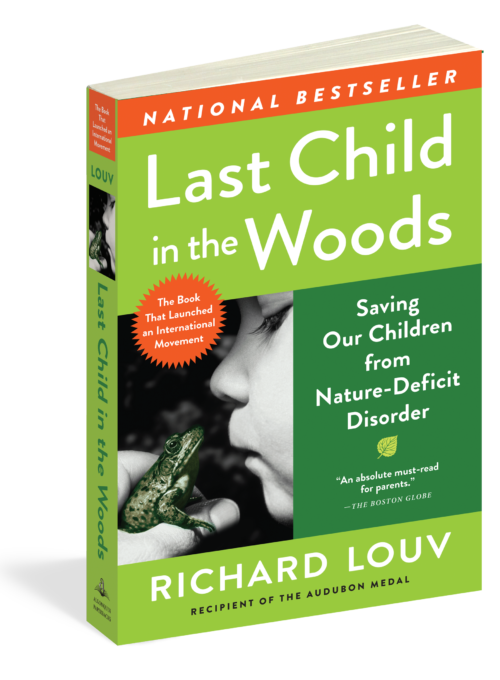 This book is a compendium of wisdom gleaned from interviews with nearly 3,000 children and parents in urban, suburban, and rural areas of the U.S. Louv explores:
This book is a compendium of wisdom gleaned from interviews with nearly 3,000 children and parents in urban, suburban, and rural areas of the U.S. Louv explores:
- why children – and adults – need nature
- how and why today’s children are increasingly disconnected from nature, and
- what parents, educators, and city planners can do to reunite children with nature.
Louv coined the term “nature deficit disorder” to describe how alienation from nature damages children and their families, communities and the planet. Insightful, thought-provoking and inspiring, Last Child in the Woods is every bit as relevant today as when it first appeared in 2005. The newest edition includes additional suggestions for restoring balance to children’s lives.
 Richard Louv is the author of nine books, including the national bestseller Last Child in the Woods. His books, which have been translated into 13 languages and published in 17 countries, helped launch an international movement to connect children and their families to nature.
Richard Louv is the author of nine books, including the national bestseller Last Child in the Woods. His books, which have been translated into 13 languages and published in 17 countries, helped launch an international movement to connect children and their families to nature.
He co-founded and now serves as Chairman Emeritus of the Children & Nature Network and is a board member of ecoAmerica. He has been honored by the National Audubon Society, Clemson University, San Diego Zoological Society, and Chicago Zoological Society and was a keynote speaker at both the national conference of the American Academy of Pediatrics and the first White House Summit on Environmental Education.
Black and Brown Faces in America’s Wild Places photographed and written by Dudley Edmondson.
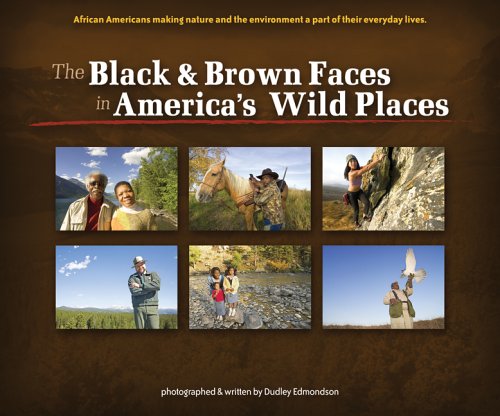
Nature photographer Dudley Edmondson found himself asking: “Why am I not seeing many people of color in the national parks I frequent?” He searched out people of color who, like himself, thrive in the outdoors – educators, sports enthusiasts, mountaineers, park rangers, firefighters, wildlife biologists, and parkland policymakers. Through photographs and interviews, he reveals their personal stories from childhood on: what was it that initially drew them to nature? What lures them back? Who were their heroes and mentors?
His subjects talk candidly about their careers and avocations, their experience being a minority in remote wild lands, and their hopes and dreams for the future of America’s wild places.
A companion booklet encourages young readers to explore outdoor careers.
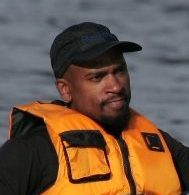 Dudley Edmondson has spent nearly 30 years photographing nature and wildlife for U.S. and European natural history publications. He proudly carries on a family tradition started by his great-grandfather Monteith Vance, a portrait photographer issued a photography license by the state of North Carolina in 1919.
Dudley Edmondson has spent nearly 30 years photographing nature and wildlife for U.S. and European natural history publications. He proudly carries on a family tradition started by his great-grandfather Monteith Vance, a portrait photographer issued a photography license by the state of North Carolina in 1919.
Drawn to nature to escape a dysfunctional home environment, Dudley found solace outdoors: “My mind becomes extremely clear. I can analyze my thoughts or just get caught up in enjoying the natural beauty. It is very peaceful to me, like a form of meditation.”
Now he provides outdoor role models for young people of color: “Nature is for everyone. It knows no race, creed or gender and is cheaper than any therapist you could ever hire.”
The Nature Fix: Why Nature Makes Us Happier, Healthier, and More Creative, by Florence Williams
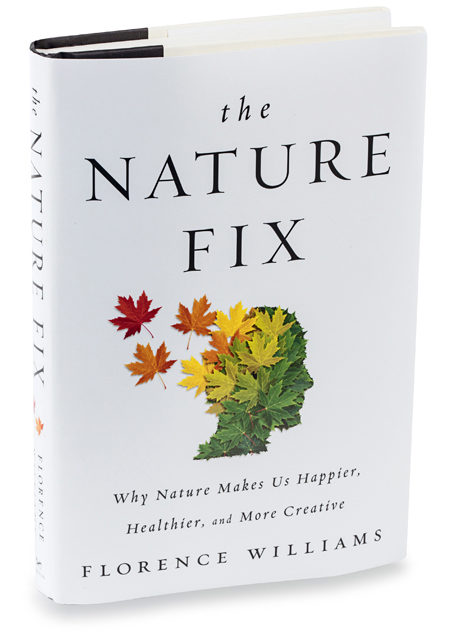 Williams explores the cutting-edge science on nature’s impact on the human brain, asking: Why do humans need to be connected to nature? How much nature do we need – quick bursts or long wilderness adventures? And what does this mean to the way most of us live, in cities?
Williams explores the cutting-edge science on nature’s impact on the human brain, asking: Why do humans need to be connected to nature? How much nature do we need – quick bursts or long wilderness adventures? And what does this mean to the way most of us live, in cities?
She travels the globe for insights. A UK-based study shows people are significantly happier in nature than in urban settings. In Japan and Korea, time in nature is considered standard preventive medicine, aiding our brains, nerves, stress levels, blood pressure, heart rate, and immune system. In the United States, nature adventures help students with ADHD and veterans with PTSD. Williams makes a strong case for encouraging students – and everyone – to get outdoors often.
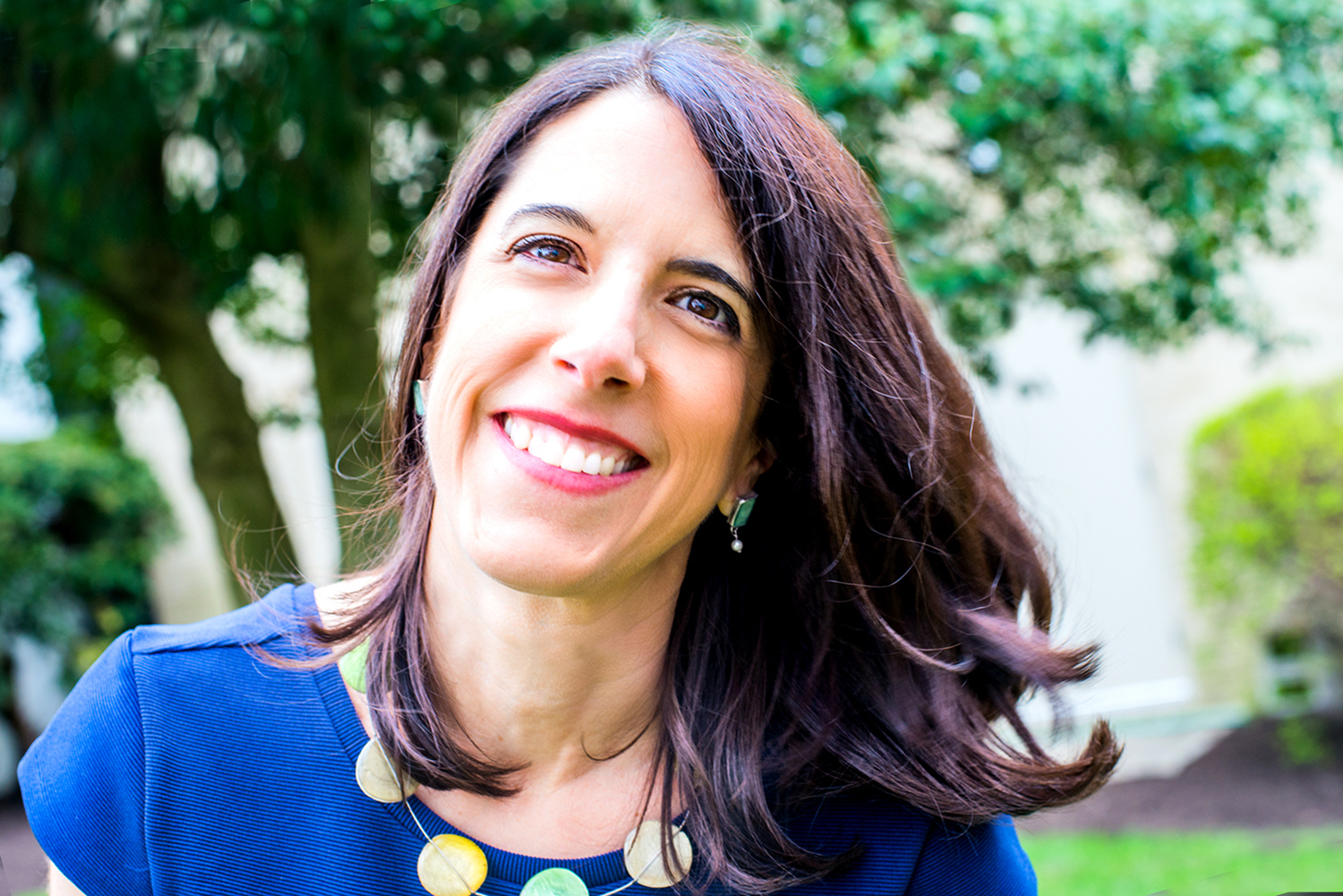 Florence Williams is a bestselling author, award-winning journalist, and sought-after public speaker. Her work – which focuses on the environment, health, and science – appears in multiple anthologies, including How the West Was Warmed and Best American Science and Nature Writing 2008.
Florence Williams is a bestselling author, award-winning journalist, and sought-after public speaker. Her work – which focuses on the environment, health, and science – appears in multiple anthologies, including How the West Was Warmed and Best American Science and Nature Writing 2008.
The American Society of Journalists and Authors honored her with six magazine awards. Yale awarded her the John Hersey Prize for journalism reflecting “engagement with moral and social issues, responsible reportage and craftsmanship.” She is a contributing editor at Outside Magazine, serves on the board of High Country News, and has served as a visiting scholar at George Washington University and a fellow at the University of Colorado’s Center of Environmental Journalism.
Resources On Climate Science:
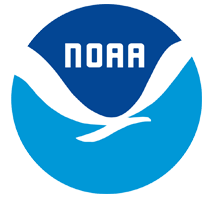
The National Oceanic and Administration (NOAA) is the federal agency dedicated to researching our atmosphere and oceans and to understanding and predicting changes in our climate, weather, oceans and coasts. NOAA’s online resources for educators include:
NOAA Resource Collections: A portal enabling teachers to access NOAA’s multiple education resources from a single location. Materials, organized by themes aligned with common teaching topics, include lesson plans, suggested classroom activities, videos, career profiles, and background information.
NOAA in Your Backyard: A regional and state-by-state inventory of educational resources for guest speakers, field trips, and professional development in your area.
